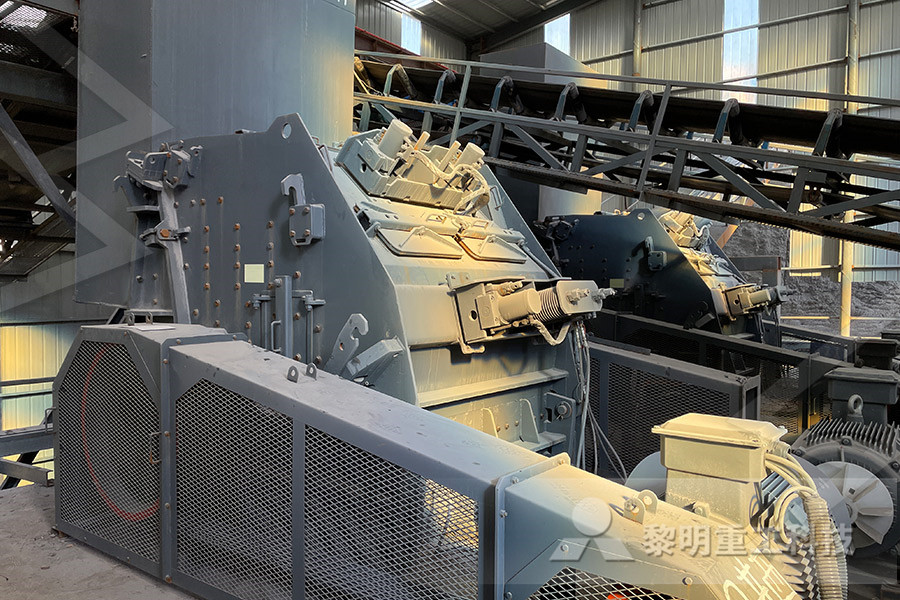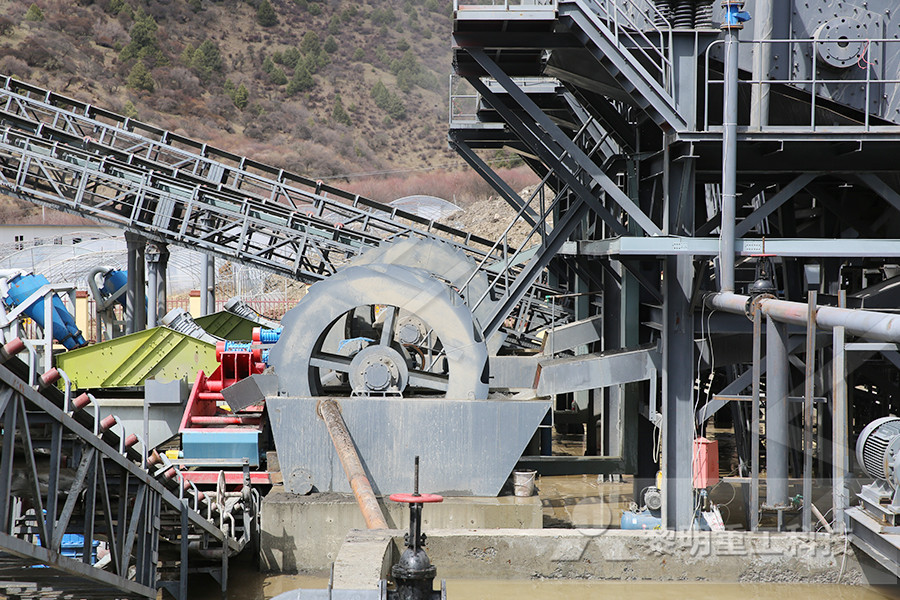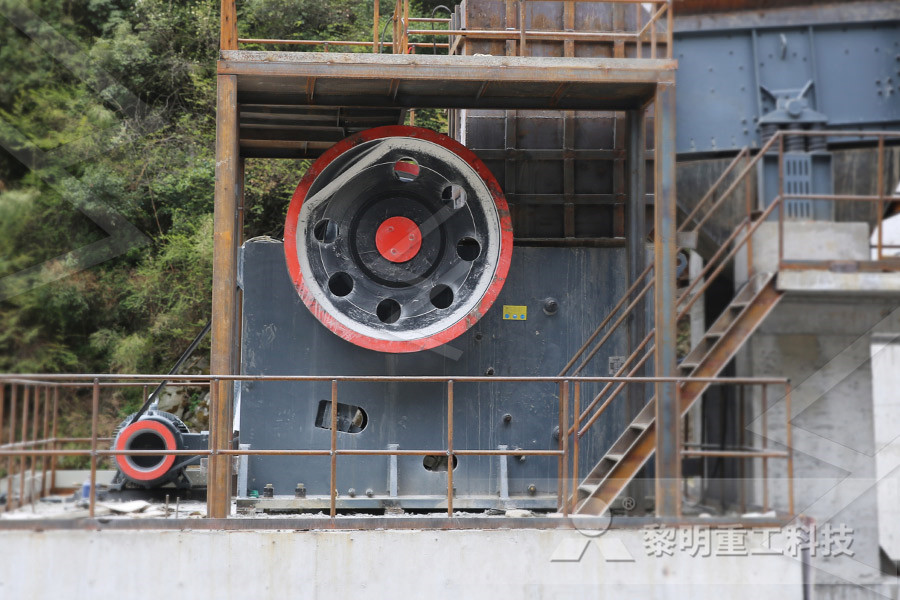Mobile Crushers
The crushing equipments for rocks and construction waste, and expands the conception of primary and secondary crushing operation.
Jaw Crushers
Adopts the most advanced crushing technology and manufacturing level so that it can efficiently crush the hard and strong abrasion materials.
Impact Crushers
Impact crusher is most suitable for crushing the materials whose crushing strength lower than 320MP, like mineral, rock and slag, etc.
Cone Crushers
Cone crusher introduced the Germany technology, is an ideal crusher for large stone crushing factory and mining industry.
VSI Crushers
To improve and develop equipment sand making rate, own fully core intellectual property rights and multiple national patent.
Grinding Mills
Besides high quality equipment, the company will provide sincere service such as Engineering Procurement Construction project.

Cement mill Wikipedia
A Ball mill is a horizontal cylinder partly filled with steel balls (or occasionally other shapes) that rotates on its axis, imparting a tumbling and cascading action to the balls Material fed through the mill is crushed by impact and ground by attrition between the balls The grinding media are usually made of highchromium steelThe smaller grades are occasionally cylindrical ("pebs Aug 30, 2012 Raw mix is stored in a prehomogenization pile after grinding raw mix to fine powder Cement Manufacturing Process Phase III: Preheating Raw Material After final grinding, the material is ready to face the preheating chamber Preheater chamber consists of series of vertical cyclone from where the raw material passes before facing the kilnCement Manufacturing Process Phases Flow Chart Stage of Cement Manufacture There are six main stages of cement manufacturing process Stage 1 Raw Material Extraction/Quarry The raw cement ingredients needed for cement production are limestone (calcium), sand and clay (silicon, aluminum, iron), shale, fly ash, mill scale and bauxite The ore rocks are quarried and crushed to smaller pieces of about 6 inchesCement Manufacturing Process Civil Engineering

Sorel cement Wikipedia
Sorel cement (also known as magnesia cement or magnesium oxychloride) is a nonhydraulic cement first produced by the French chemist Stanislas Sorel in 1867 In fact, in 1855, before working with magnesium compounds, Stanislas Sorel first developed a twocomponent cement by mixing zinc oxide powder with a solution of zinc chloride In a few minutes he obtained a Apr 04, 2018 We first discuss cement production and special nomenclature used by cement industrialists in expressing the composition of their cement products We reveal different types of cement products, their compositions, properties, and typical uses Wherever possible, we tend to give reasons as to why a particular cement type is more suitable for a given purpose than Cement Types, Composition, Uses and Advantages of of the highdensity product, and the wide geographic distribution of limestone, the principal raw material used to produce cement, cement is produced across the United States powder in a horizontal tube containing steel balls During the finish grinding process, the An ENERGY STAR Guide for Energy and Plant Managers Environmental CO2 Emissions Profile of the US Cement Industry

Minerals Free FullText Effect of Grinding Media Size
Dec 27, 2021 The aim of this study is to evaluate the effect that the size of grinding media exerts on ferronickel slag milling efficiency and energy savings A series of tests were performed in a laboratory ball mill using (i) three loads of single size media, ie, 40, 254, and 127 mm and (ii) a mixed load of balls with varying sizes In order to simulate the industrial ball milling used at present This consists of grinding the individual raw materials and feeding at controlled amounts into a rotary kiln and burning until they fuse into small lumps or balls called clinkers In the wet process, a slurry of the blend is fed into the rotary kiln The clinkers are cooled and then ground in two operationsCONCRETE MATERIALS AND TESTINGPellets are the ground iron ore fines converted to spherical shape balls having good physical properties for both bulk, mechanical transportation over long distances and also have excellent metallurgical properties similar or even better than lump ore The pellets become a vital raw material for all types of Iron Making UnitsPellet Manufacturers Association of India

What's the Difference Between SAG Mill and JXSC
Nov 26, 2019 The internal machinery of the ball mill grinds the material into powder and continues to rotate if extremely high precision and precision is required Application The ball mill can be applied in the cement production plants, mineral processing plants and where the fine grinding of raw material is required
- squirrel cage crusher principle
- raw material for cement making
- machines used in recycling
- pabrik gilingan gilingan baja polysius vertikal
- used portable alluvial small scale gold mining equipment
- mining mpressors for sale uk
- magnetic properties iron ore
- shanghai crusher spare parts jaw plate blow bar mantale and ncave
- plastic pet new premium automatic pet feeder
- shanghai exhibition center
- used mobile crushers for sale with prices
- bile impact crusher vibrating feeder mobile impact crusher
- 1 unit used pegson mobile crusher
- cme crushers yg938e69 and one mobile ne crusher y3s1860cs160
- crushers jaw crusher and gyratory crusher
- stone hammer stone crusher
- Khandoba Stone crusher Maval Pune
- qt420c block making machine in brick making machinery
- cement grinding unit for sale in india
- vibratory truss duoscreed
- grinding mill of vertical roller mill in cement stone
- kuntang 30 42 mobile tracked jaw crusher
- Ball Charge In Ball Mill How To Handle The Charge Volum
- crusher in south africa
- aluminum pcb printed circuit board
- Caicium Carbonate Mining Company
- www globalspec m rod mill and ball mill
- australian industrial pump systems
- project report of crusher plant for limestone 600tph
- slate pencil manufacturing machines
- Mixer Grinder Grind
- stone crusher machine manufacturers indore
- dry mill equipments for gold ore processing
- guiyang small jaw crusher
- Alumina Internal Lining Ball Mill
- business plan for crushing stone project mtm
- machine grinding machine bbc
- Small Grinder Mill Powder Grinding Mill Cheap Milling Machine
- bagian bagian mesin frais dan fungsinya
- sumitomo metal mining ltd